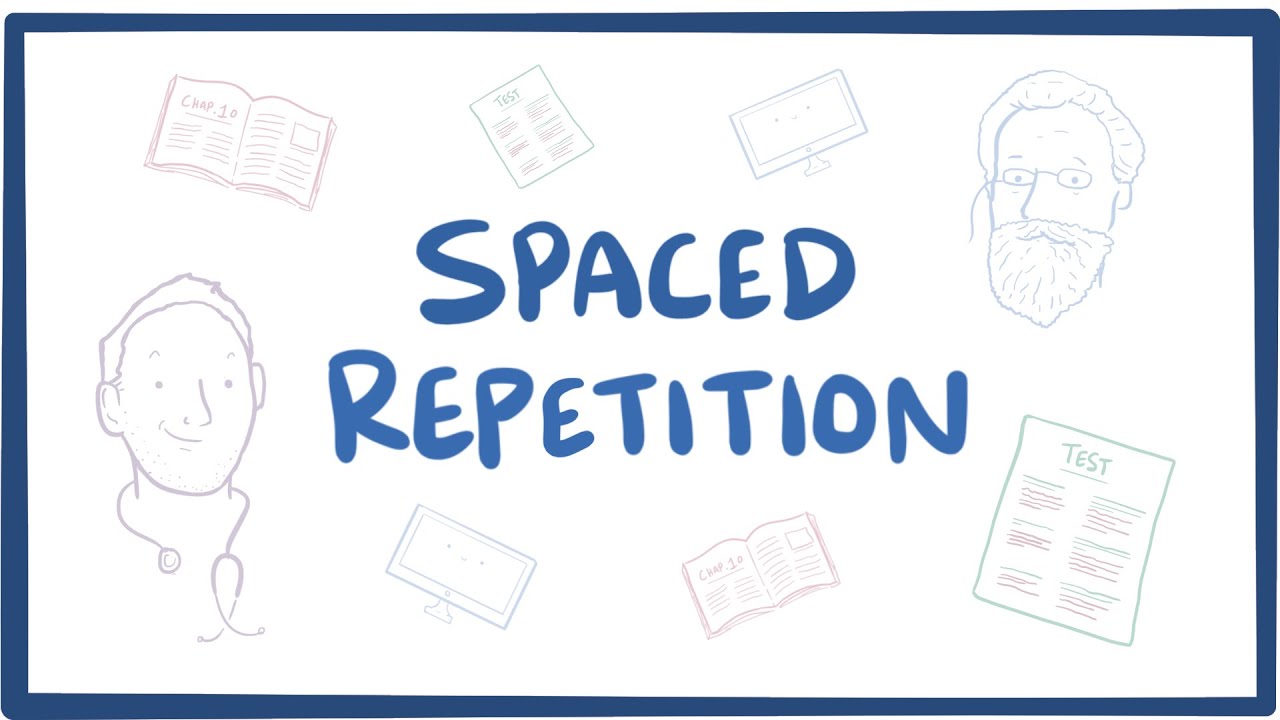 Spaced repetition at its simplest is the idea that the more frequently you’re exposed to information, the better you remember it. It’s more effective to repeat something 7 times over the course of one week than over the course of a single day. Your brain needs time to process the information you’ve learned and make connections with other stuff you know before it can file it away in to your long-term memory. If you don’t give it time, you’re more prone to forget it, which is why it’s extremely common for people to remember next to nothing after cramming all night for an exam the next day.
Spaced repetition at its simplest is the idea that the more frequently you’re exposed to information, the better you remember it. It’s more effective to repeat something 7 times over the course of one week than over the course of a single day. Your brain needs time to process the information you’ve learned and make connections with other stuff you know before it can file it away in to your long-term memory. If you don’t give it time, you’re more prone to forget it, which is why it’s extremely common for people to remember next to nothing after cramming all night for an exam the next day.
So, we all know that the MCAT is not an exam you cram for, and rationally we may know that we should all be implementing spaced repetition in our day-to-day studying. But what does spaced repetition look like, practically speaking, while preparing for such a behemoth of a test?
Step 1: Review new information twice in one day
Within a day of initially learning the information (this could be going to lecture, or teaching yourself a chapter in an MCAT review book), you should review the information again. Try not to rely on notes or the textbook and see how much key information you can recall. Don’t worry if you need to reference your notes, though you shouldn’t just skim or reread the material again. With the sheer amount of material on the MCAT, it’s easy to fall into the trap of rereading a passage and lulling yourself into a false confidence just to check the topic of your list. Unfortunately, you can’t rely on your brain to access that information on test day if you stop there.
Step 2: Return to the information the subsequent day
The next day, try to recall the information again. This could mean flashcards, hands-free while walking to class, sitting on the train during a commute, or even in your bedroom while you pretend to “teach” an imaginary student.
Step 3: Test yourself daily with limited access to notes
Try to recall the information again for the next few days until you feel comfortable and don’t need to reference any outside material anymore. This is where practice questions become very helpful, but you could also create your own questions to test yourself. If you are a visual or tactile learner you can also draw diagrams on scrap pieces of paper or rewrite tricky concepts in your notebook.
Step 4: Move on to other topics
There’s a lot of material to cover, so after you’re comfortable with one topic, you should move on to the next. However, it’s not a bad idea to schedule “review” days for yourself where you pull out all the topics you’ve already covered and see how much you can still recall. If you find yourself blanking on something particular, don’t be discouraged by repeating steps 1-3 again. Better now than test day.
The MCAT can be incredibly daunting, but the months leading up to your exam can be a period of incredible growth as a learner, even if you were a late-night crammer leading up to this point. I know I personally spent a lot of my undergraduate years frantically trying to memorize as much as I could, “brain dumping” during the test, and forgetting almost everything by the next weekend, just to repeat it again the next month. However, once I genuinely reevaluated my study habits, I could learn and retain more, and it ended up saving me time in the long run. If you give spaced repetition a fair shot, you will be amazed at how much you’re able to fit in your long-term memory.
Comments